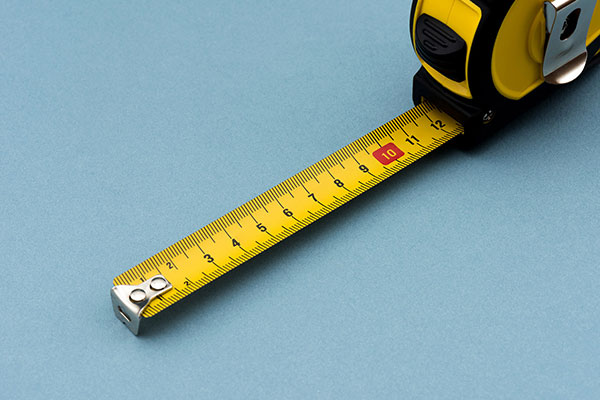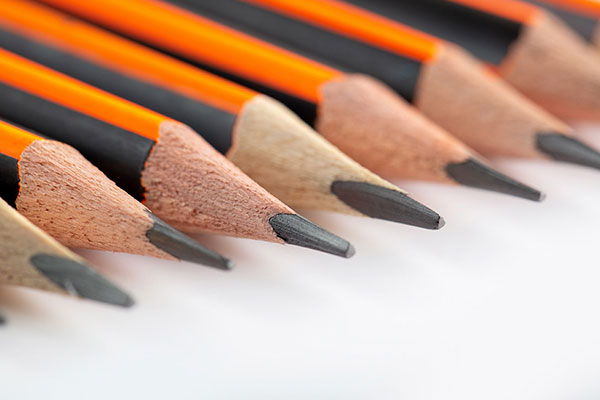
Altro Technical Consultant, Gary Jaques, on a bit of prep and maintenance before getting back on site.
Like everyone else, I’ve had a break from being on site. My garden is looking great. I’ve finally painted the lounge. I’ve experimented with longer hair, and very little hair. Grew a beard, shaved it off. I also turned my attention to my work toolbox, and getting back on site, so I thought I’d take you through the maintenance I’ve done and why.
Some jobs I do each time I come home from site to make sure I’m all set for the next day - it really does pay to do this, saving me valuable on-site time. I’ve taken this opportunity to go over absolutely everything, starting with a good look at each item so I could replace anything that was too worn, or broken – for me it’s always the tape measure! And – okay, I’ve even repainted the box, although clearly if yours is plastic, it’s not something you’re going to have to worry about!


I started with getting rid of any packaging and other rubbish – usually this includes a fair few blunt and broken blades, which I was careful to take care of safely. I restocked the various types of blades needed, specifically hook and concave for my Dolphin knifes, and cutters for the Exacto knife handles. They don’t last long on a busy job and I can get through more than I expect to sometimes, and running out is a big inconvenience and time waster.
So now I’ve got a general stock of blades, but I do always check what type of flooring I’m going to be working with on a project so that I can double check that I have enough - a thicker than average floor, or a safety floor, will need more blades. If my spatula blade is blunt, it is obviously harder to trim the weld effectively. If it’s very blunt, or damaged, and used persistently, it could even scratch the surface of the floor, so out comes the sharpening stone. This regular maintenance will also increase the lifespan of the spatula – it’s definitely cheaper to look after the blade, than have to replace the whole thing.
I oiled all the tools that have wheels, making sure they all turn smoothly, paying special attention to my hand roller. If the hand roller sticks, the pressure applied across the floor or wall is uneven, reducing the effectiveness of the rolling, and risking that the adhesive doesn’t take as well in certain spots. The uneven pressure and movement could actually mark the flooring, so again, an important piece of maintenance.
Then on to trowels - I obviously clean these after every use because, as you’ll know, any adhesive, or other debris, left on the trowels leaves them pretty useless. And if the adhesive or screed has set it can be a nightmare to remove. I’ve re-notched my adhesive trowel, and cleaned and checked my screeding trowel edges for signs of wear. I have a tool for notching trowels, but you can also use the corner of a file or a ceramic tile saw. Re-notching is important maintenance as the right size notch helps me use the correct amount of adhesive needed for a floor or wall sheet – working with a duff tool here is like trying to drive without starting the car. Because it’s hard to get the adhesive levels right without a decent notch, it’s possible to lose a good half an hour on site rectifying the problem, so I’m definitely saving myself some time here. Last, as different notch sizes are needed for different jobs, I double checked I’ve got a variety of sizes, all in good condition – I’ll check again that I’ve got the right ones needed for the next job once I know what that is.
My welding gun is next – I checked it for general wear and tear, paying attention to the wiring to make sure there are no splits or cuts in the cable and that the cable goes right into the gun and plug - I do this regularly as it’s clearly a potentially dangerous fault. I then checked that the nozzle was clear – I think all of us do this regularly, knowing any debris will affect the quality of the weld. Another reason to clean it carefully is that if I’m moving from one colour weld to another – going from a black weld to a white weld is probably the worst - the last thing I want to do is drag any remaining black colour weld through into the pristine white weld…
So that’s it, and I’m ready to go. Most satisfying bit of checking everything is prepped and site-ready? Smugly avoiding the inevitable moment when you go to pull a pencil out – you know, the one you’re sure is in there somewhere - and find the empty box.
As always, if you have any tech questions, don’t hesitate to give us a call on 01462 707600.
